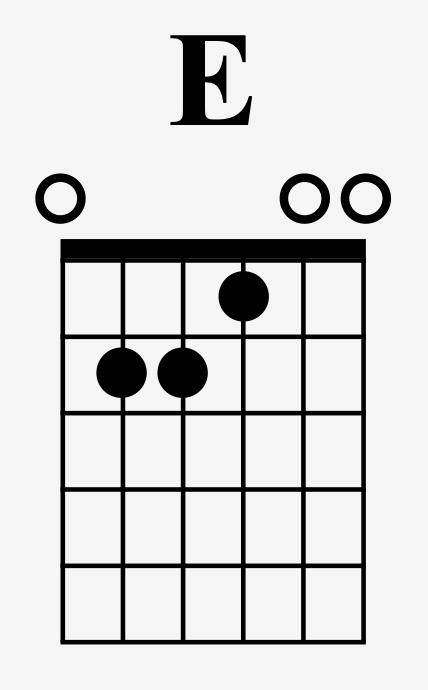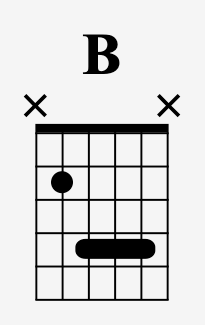How to Play “Boom Boom” By John Lee Hooker On Guitar Like a Pro
Ready to level up your blues guitar skills?
Look no further than the classic sounds of John Lee Hooker and his tune "Boom Boom".
In this "Boom Boom" guitar lesson, I'll share with you the key elements of Hooker's bluesy style and break down the chords, signature riffs, grooves, and even how to get started soloing in this classic blues style today.
"Boom Boom" has been covered by countless artists over the years, and its iconic riff and groovy rhythm make it a must-know for any aspiring blues guitar player. So grab your guitar, and let's get ready to jam some blues!
Who Wrote Boom Boom?
“Boom Boom” was written by American blues singer, songwriter, and guitarist John Lee Hooker. It was first recorded in 1961, and even though it’s considered a blues standard music critic Charles Shaar Murray called it "the greatest pop song he ever wrote".
The song has a bluesy groove to it but it actually doesn’t follow a typical 12-bar blues chord progression like many traditional blues songs. “Boom Boom” is closer to a one-chord blues like “Boogie Chillen,” or “Smokestack Lightnin”.
Boom Boom Chords
Even though “Boom Boom” does not follow a typical 12-bar blues, it still uses the most common 3 chords of a typical blues progression the I, IV, and V. Since “Boom Boom” is in the key of E, the chords you’ll need to know are E, A, and B.
E can be played like this:

A like this:

And finally B like this:

These chords are often referred to in the blues as the I, IV, and V chords.
E = I chord
A = IV chord
B = V chord
Adding in the signature riff
The “Boom Boom” signature riff comes straight out of the E minor blues scale. It starts on the root note E and walks up the first three notes of the scale and then ends back on the root note.
Here’s an example of playing in this style:

You can also try playing that same riff but now over the A chord like this:

And finally, try it over the last chord in the progression B like this:

How To Play The Groove
The groove for this song is all based around just one chord and a little riff. This groove is what is used as the backing for the solo section. The entire band here just stays on the E chord.
To play the groove start by making an E5 chord using the first two strings of the E chord shape from above. So that means the low 6th string open, and the 2nd fret on the 5th string. This creates an E5 chord also called an E power chord. Play the fretted note on the 5th string with your index finger like this:

Once the chord is in place pluck the open low 6th string, and then do an upstrum on the 5th and 6th strings together, then rest.

Next, play another upstrum on the 5th and 6th strings and then move to the 3rd fret and then to the 5th fret on the low 6th string.
Altogether it can be played like this:

How To Play A “Boom Boom” Style Guitar Solo
There is only one chord used during the solo section of “Boom Boom” and that is E. Essentially the band just jams on the groove mentioned above. So for soloing over this a great place to start would be using your E minor blues scale.
This can be played in the open position like this:

This is the master scale that Hooker uses throughout the song. He is constantly rearranging the notes into cool phrases and riffs to create his signature sound.
Here is an example of a riff in this style that uses strictly notes from the E minor blues scale. Start out on the 2nd fret of the 4th string and walk up the scale. Here Hooker leaves out the note on the 3rd fret of the 3rd string from the typical blues scale pattern above.
Also, note the unison double-stop on the 5th fret of the 2nd string, and the open 1st string combined. This is a common riff used by countless blues players:

Then the second half of the riff gets bluesier. Note in the last measure the slide into the 3rd fret on the 3rd string and a few last notes slightly lower to round out the lick.

Next try putting the entire lick together and playing it as one piece like this:

This is just one of many examples you can use to solo in this style over an E blues.
How To Get A John Lee Hooker Style Blues Guitar Tone
For the guitar tone that I had in the video above, I used my Fender Telecaster on the bridge pickup. I used a little bit more distortion than what Hooker would typically use. His guitar tone on the actual recording is relatively clean with a little hint of reverb.
Here is a starting preset that would get you in the ballpark on a typical Fender-style amplifier.
Bass: 5
Middle: 6
Treble: 6
Reverb: 3
Then turn up the volume to right before the point of breakup. Or if you have to keep the volume down use a little boost pedal to hit the front end of the amp.
Conclusion
Simply put, "Boom Boom" by John Lee Hooker is a classic blues song that has stood the test of time. Its iconic guitar riff is simple yet effective and Hooker's unique style of playing has been an inspiration to many guitarists over the years. At this point, you should have a solid understanding of the song's chords, riffs, groove, and even how to start soloing over this classic blues jam. Remember, as with any song, the key to truly mastering it is to put in the work and focus on the basics, like improving your timing and nailing the rhythms. But don't be afraid to experiment with the licks and try different variations and embellishments. Above all, have fun with it! And for more great John Lee Hooker jams check out this post on “Boogie Chillen” next.
Like this blog post? Get Jon’s best guitar lessons straight to your inbox.
